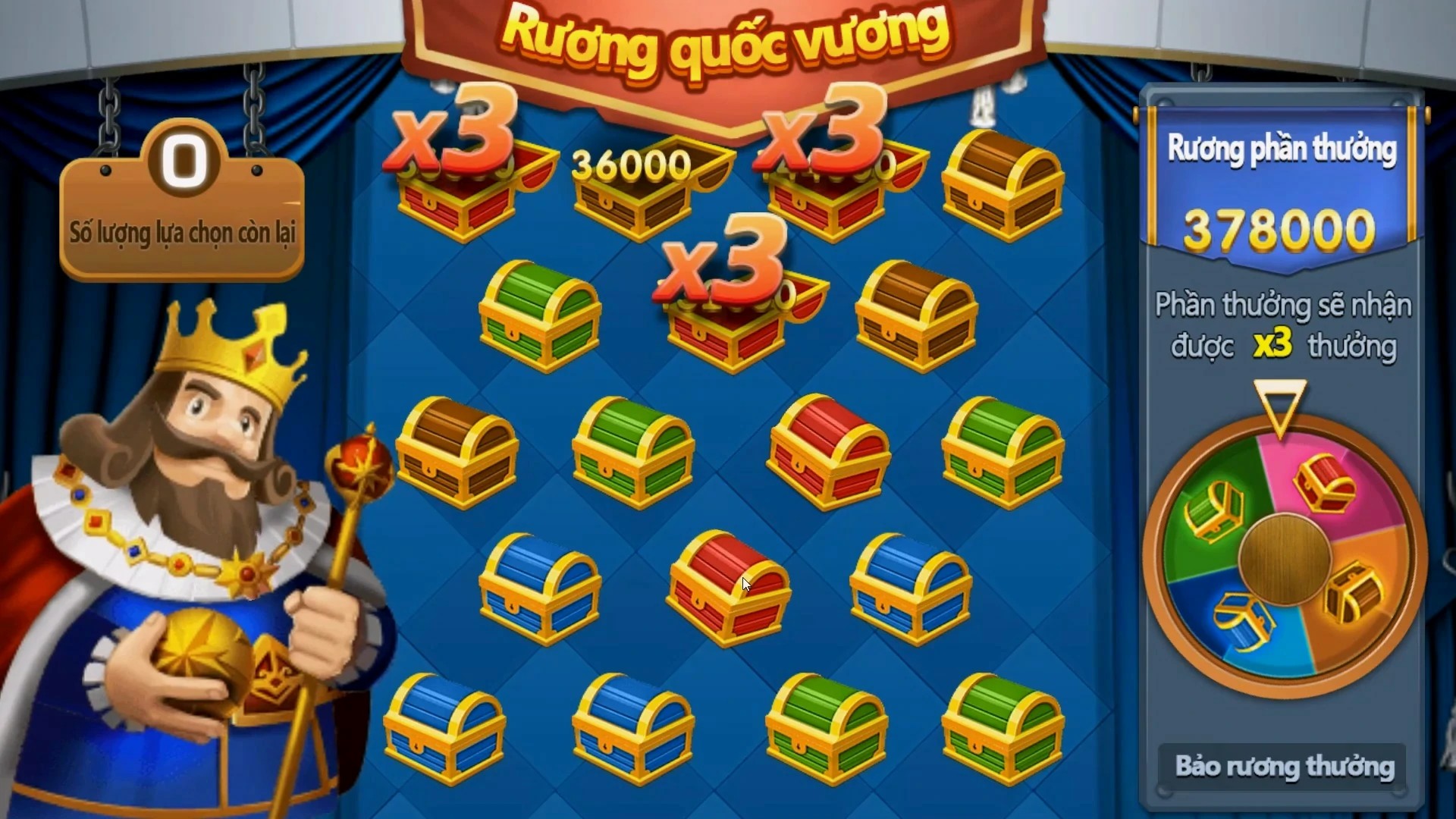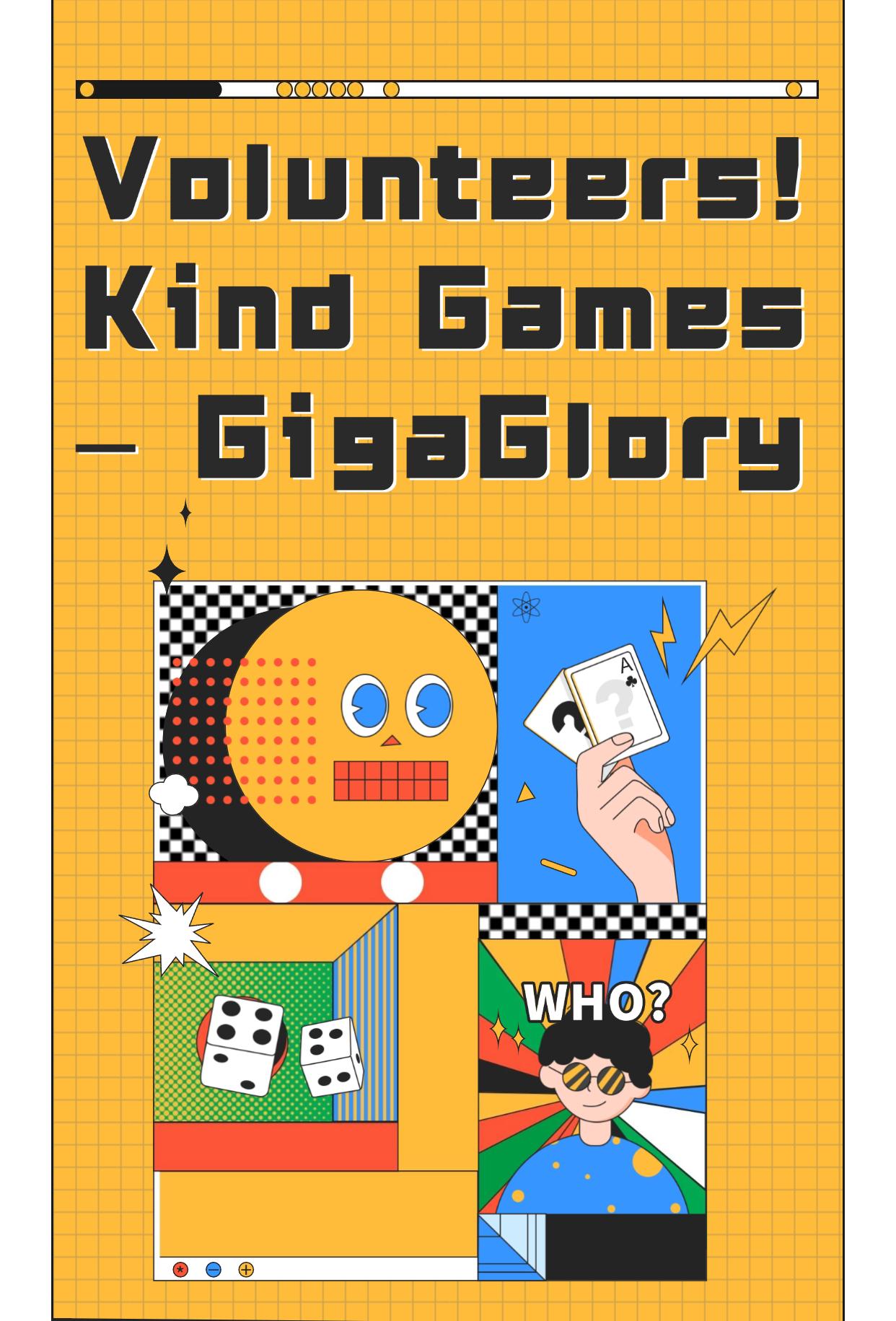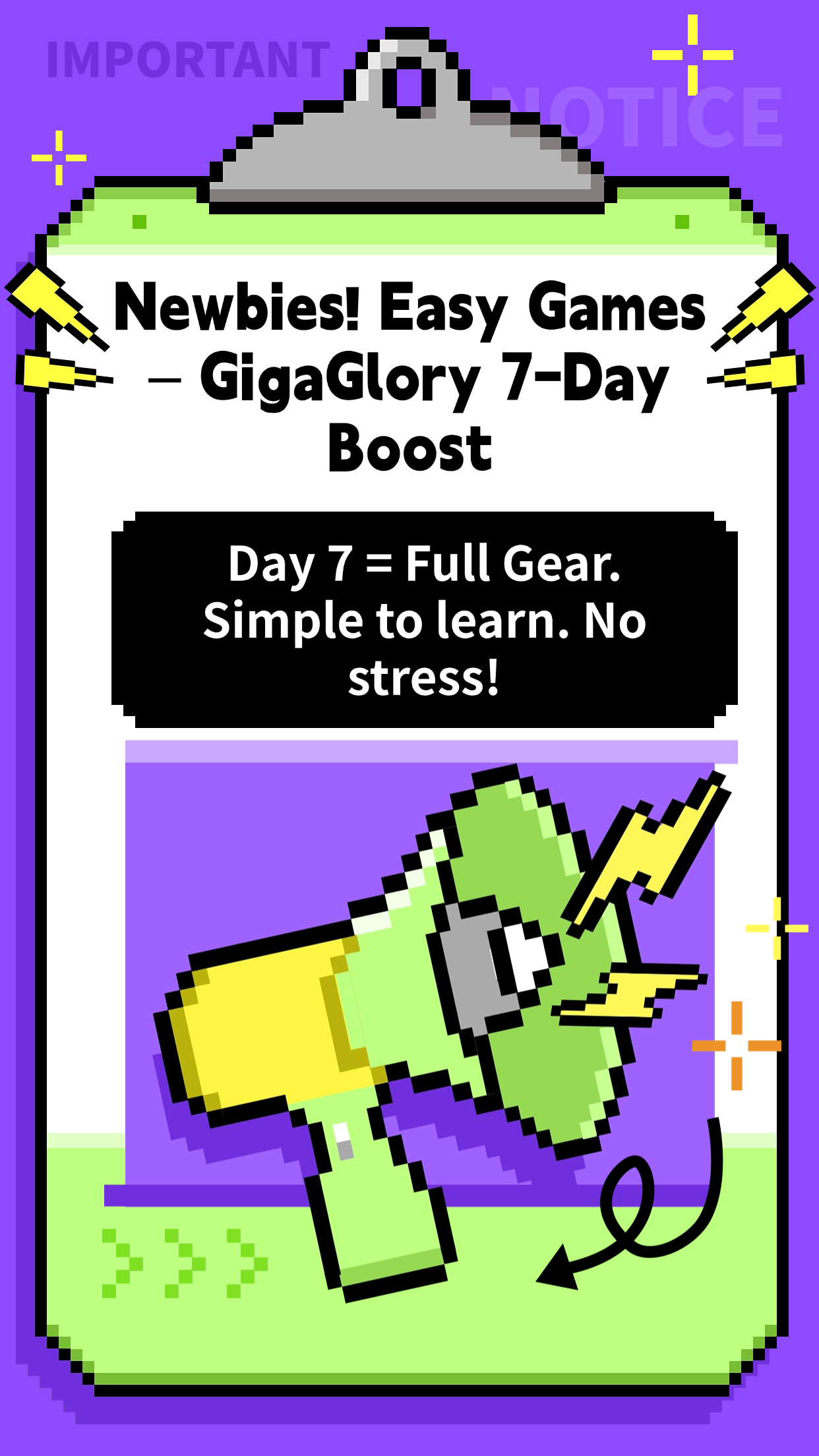Exploring the World of Casual Games: Why Creative Games Are the New Frontier in Mobile Entertainment
Introduction to Casual Games
In the fast-paced world of mobile entertainment, casual games have carved out a unique niche. These games are accessible to a broad audience, inviting both seasoned gamers and novices to dive in without extensive training or background knowledge. But what truly makes these games "casual"? It’s their ability to offer immediate gratification, simplicity, and the joy of play at a moment’s notice. In recent years, creative games have surged in popularity, pushing the boundaries of traditional casual gaming.
The Rise of Creative Games
Creative games take casual gaming to the next level by allowing players to express themselves. Unlike standard arcade or puzzle games, creative games encourage players to use their imagination and make choices that impact the game environment. This genre includes popular titles such as "Minecraft," where creativity is as essential as survival. The question arises, how do these games foster creativity?
Why Are Creative Games So Engaging?
- **Enhanced Player Agency**: Players feel a sense of control over their environments.
- **Limitless Possibilities**: The creative scope allows for unique playthroughs every time.
- **Community Engagement**: Many creative games encourage sharing and collaboration among users.
How the Mobile Platform Transforms Gaming
Mobile devices have revolutionized how we play games. The accessibility of smartphones has democratized gaming, allowing anyone, anywhere, to engage with creative games. People no longer need bulky consoles or high-end PCs. Instead, casual gaming can fit into a lunch break or a commute. But what are the implications of this shift?
Creative Games vs. Traditional Casual Games
While traditional casual games focus on quick, easy-to-understand mechanics, creative games challenge the player’s mind and creativity. For example, consider the difference in player experience between "Candy Crush" and "Roblox." The former is purely a puzzle game, while the latter offers a platform for creation and social interaction. This distinction presents a new frontier for game developers.
Case Study: The Success of Clash of Clans
Although "Clash of Clans" is more of a strategic game than a creative one, examining its mechanics provides insight into what mobile users want. With community building, resource management, and character customization, the game offers aspects that can be considered creative in nature. Players need to think and plan, much like they would in a creative game. This aligns perfectly with our exploration of how creative elements are becoming essential in casual games.
Metrics of Engagement in Casual Games
Engagement in creative casual games can be measured in several ways. Here’s a quick look at some significant metrics:
| Metric | Importance | Example Game |
|---|---|---|
| Session Time | Longer sessions indicate higher engagement | Minecraft |
| Player Retention Rate | A higher rate means players are invested | Roblox |
| Daily Active Users (DAU) | A critical indicator of game's success | Scratch |
How Creative Games Foster Community
One major drawing factor of creative games is their ability to cultivate communities. Games like "Fortnite Creative" allow users to design their worlds and share them with others. This interaction leads to a thriving community culture where players can collaborate and learn from each other. This community aspect not only makes gaming more enjoyable but also turns it into a social experience.
Keys to Success in Creative Gaming Development
If you’re in the gaming industry or thinking about becoming a developer, understanding what makes a creative game successful is crucial. Here are some key takeaways:
- **Encourage Creativity**: Give players tools to invent and create.
- **Interactive Features**: Integrate multiplayer options for collaborative play.
- **Regular Updates**: Keep the game fresh with new content and community requests.
What Makes Creative Games Stand Out?
The uniqueness of these games stems from their *playability* and the *emotional connection* they create with players. They turn gaming into an art form and challenge users to think outside the box. Unlike traditional gaming, the player isn't confined to a storyline but can invent narratives and paths within the gameplay.
Conclusion
The evolution of casual games featuring creative elements marks an exciting time for the mobile gaming industry. As players increasingly seek out experiences that allow for personal expression and interaction, the potential for innovation is limitless. The fusion of creativity and gameplay is redefining what it means to participate in mobile entertainment. Keeping a close eye on these trends will be vital for developers and marketers aiming to stay ahead in the competitive landscape of mobile gaming. Whether you're crafting your own game or engaging with others, remember: the future of gaming is not just about play—it's about creation.



